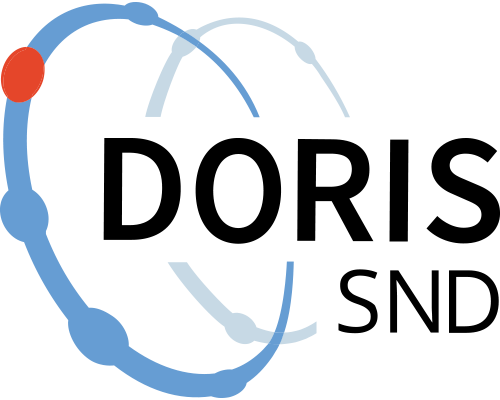The BAMSE project 12 years
Both heredity and environmental factors influence childrens' risk for developing respiratory and allergy related diseases, but how these factors influence the age of onset and the prognosis is little studied. It is also unknown which factors determine whether these diseases disappear in the childhood years, if they remain mild or worsen. An integrated database where lifestyle and allergic diseases are studied from birth through adolescence is lacking both nationally and internationally. From 1994 to 1996 a little more than 4,000 children were borne in certain pre-selected areas of Stockholm County. They have been followed repeatedly with questionnaires and surveys (at 0, 1, 2, 4, 8 and 12 years of age) as part of the so-called BAMSE project. In the last follow-up the response rate was 82% compared to baseline. Now, when the youths have reached the age 16 years, a resource-intensive data collection has started, including studies of weight, height, blood pressure, lung function tests, patch tests and blood tests (complete blood count, allergy levels and genetics, and nasal lavage). A larger database of more than 6000 variables containing all the information gathered has gradually been built up. Extensive national and international research cooperation around environmental factors and genetics in relation to the development of pulmonary and allergic diseases has been established within the project. By using the collected data material the development of allergic diseases has been described as well as risk factors for allergic diseases and the impact on quality of life of such diseases. More than 70 scientific articles have been published and 16 doctoral dissertations and licentiate thesis has been presented. Extensive efforts to develop the database are ongoing through entering and evaluating the collected data, work with descriptions of individual and composite variables that are used by the various research groups, and through developing the epidemiological and statistical analysis techniques. With help from epidemiology assistants and statisticians a high quality of the data used by different research groups is ensured. New opportunities for research: More than 30 senior researchers at KI, as well as nationally and internationally outside KI works within the project. The project is part of a European cooperation in which a significant number of cohorts are included in order to obtain sufficient statistical power. Data on more than 30 000 children are included in the European database where BAMSE is contributing with data on 4000 children. Several areas can be researched, but the main emphasis will be on respiratory and allergic diseases, environmental factors and genetics. Great efforts are made for the database to become known and available to researchers. The BAMSE database structure is already available online at three different sites. Importance of study: With its population-based recruitment, repeated follow-ups with the collection of biological material throughout childhood and into adolescence, little loss, more than 6000 variables, a European cooperation and the development of a common database of more than 30 000 children, there is an excellent opportunity to cutting-edge research aimed at preventing pulmonary and allergic diseases and to reduce the burden on those already affected. Purpose: To better understand how factors such as environment and lifestyle affect the risk of allergic disease in childhood. Questionnaire completed by both parents (732 vaiables) and children (199 variables)
